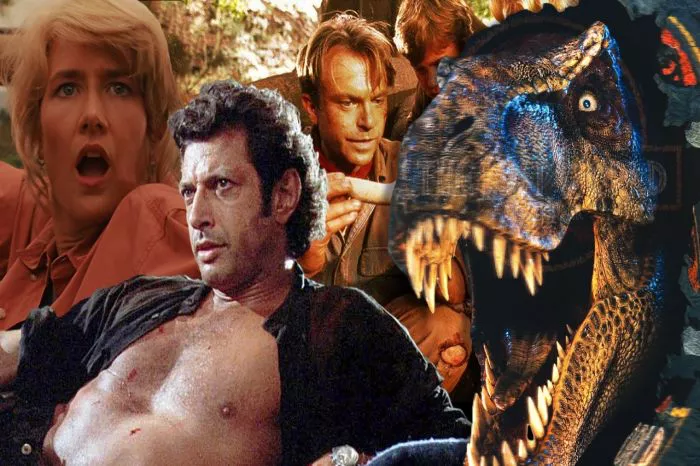Tyrannosaurus rex, often abbreviated as T. rex, is one of the most iconic and well-known dinosaurs to have ever roamed the Earth. With its massive size, powerful jaws, and fearsome reputation as the “tyrant lizard king,” T. rex has captured the imagination of scientists, paleontologists, and the general public alike. In this comprehensive exploration, we’ll delve into the fascinating world of Tyrannosaurus rex, examining its physical characteristics, evolutionary adaptations, behavior, and cultural significance, as we unravel the mysteries of this prehistoric giant.
Physical Characteristics:
Tyrannosaurus rex is renowned for its imposing size and formidable appearance. With an estimated length of up to 40 feet and a towering height of around 15 feet at the hip, T. rex was one of the largest carnivorous dinosaurs to have ever lived. Its massive skull, measuring over five feet in length, housed a formidable array of teeth, including serrated, banana-sized teeth capable of exerting immense crushing force.
The skeletal structure of Tyrannosaurus rex was robust and well-adapted for supporting its massive bulk. Its powerful legs and large hind feet enabled it to move with surprising agility and speed, allowing it to pursue and capture prey with ease. Despite its massive size, T. rex is believed to have been a swift and efficient predator, capable of running at speeds of up to 25 miles per hour.
Evolutionary Adaptations:
Tyrannosaurus rex belonged to a group of dinosaurs known as theropods, which were characterized by their bipedal stance, sharp teeth, and carnivorous diet. Within the theropod group, T. rex occupied the apex predator niche, wielding unparalleled dominance over its prehistoric environment.
One of the most distinctive features of Tyrannosaurus rex is its large skull and powerful jaws. Recent studies suggest that T. rex possessed one of the strongest bites of any terrestrial animal, capable of exerting a bite force of over 8,000 pounds per square inch. This immense biting power enabled T. rex to crush bones and tear flesh with ease, making it a fearsome predator capable of taking down even the largest herbivorous dinosaurs of its time.
Behavior:
Despite its fearsome reputation, Tyrannosaurus rex was likely not the indiscriminate killing machine often depicted in popular culture. Instead, recent research suggests that T. rex may have been a more opportunistic feeder, scavenging on carcasses as well as actively hunting live prey.
Evidence from fossilized teeth marks and bone injuries suggests that Tyrannosaurus rex may have engaged in intraspecific combat, battling rival individuals for dominance and territory. These violent encounters likely played a role in shaping the social structure and behavior of T. rex populations.
Cultural Significance:
Tyrannosaurus rex has captivated the human imagination for centuries, inspiring countless works of art, literature, and popular culture. From its depiction in classic films such as “Jurassic Park” to its starring role in museum exhibits and scientific documentaries, T. rex continues to fascinate and intrigue audiences of all ages.
In addition to its cultural significance, Tyrannosaurus rex plays a crucial role in our understanding of prehistoric ecosystems and evolutionary history. By studying fossilized remains and conducting paleontological research, scientists can reconstruct the ancient world in which T. rex lived and gain insights into its behavior, ecology, and evolutionary adaptations.
Conclusion:
Tyrannosaurus rex stands as a testament to the majesty and complexity of the natural world. With its imposing size, powerful jaws, and unparalleled strength, T. rex reigns supreme as one of the most iconic and awe-inspiring creatures to have ever walked the Earth. As we continue to uncover new discoveries and unravel the mysteries of this prehistoric giant, Tyrannosaurus rex will remain a symbol of the enduring wonder and fascination of the Mesozoic era.
Related Topics:
Is Rexy the strongest dinosaur in Jurassic Park?
Unraveling the Mesozoic Saga: Exploring the Jurassic Park Movie Franchise
Exploring the Iconic Dinosaurs of the Jurassic Park Movie Franchise

